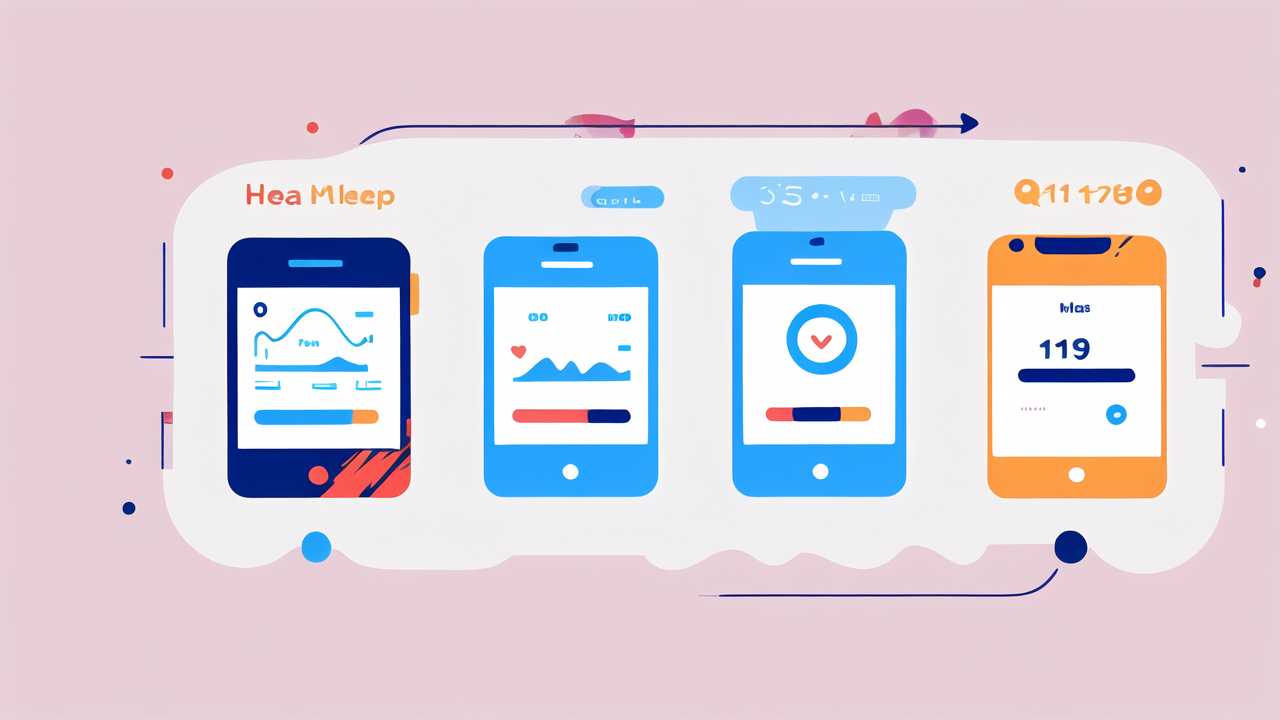Understanding the Growth of Digital Watch Market in the United States
Historical perspective: The journey from traditional watches to digital
The shift from traditional to digital watches marks a big change in timekeeping. Early digital watches appeared in the 1970s. They used LED displays and were costly. As tech improved, LCD screens made digital watches cheaper and more common. By the 1980s, digital watches were everywhere. They offered features like alarms and stopwatches. These extras made them popular with consumers. The 1990s saw more advanced functions added. Calculators and data storage became standard in many models. This era set the stage for today's smart watches.

Market drivers: Consumer demand for convenience and health monitoring
Consumer needs have shaped the digital watch market greatly. People want devices that do more than tell time. Convenience is key. Watches that show messages and track fitness are in high demand. Health monitoring is a big draw. Features like step counts and heart rate tracking are now common. These tools help people stay active and healthy. The rise of health awareness has boosted smart watch sales. Consumers see these devices as personal health assistants. This trend has pushed makers to add more health features. The market keeps growing as watches become more useful in daily life.
The role of innovation in digital watch development
Innovation drives the digital watch industry forward. New tech leads to better watches. Longer battery life lets watches do more for longer. Touchscreens make watches easier to use. Water resistance has improved, making watches more durable. GPS tracking has made watches useful for runners and hikers. Bluetooth connectivity allows watches to link with phones. This opens up a world of new uses. Voice control makes watches hands-free. Each new feature makes watches more attractive to buyers. Companies compete to offer the latest tech. This push for new ideas keeps the market exciting and growing.
Key Features That Define Today's Digital Watches
Timekeeping and scheduling: The core function of digital watches
At their heart, digital watches are still about telling time. But they do it with style and extras. Most show the time in clear, easy-to-read numbers. Many let users choose between 12 and 24-hour formats. Time zone features help travelers stay on schedule. Alarms are standard, often with multiple settings. Calendar functions keep track of dates and events. Some watches sync with online calendars. This helps users stay organized. Countdown timers and stopwatches are common tools. These features make digital watches useful for work and play. The basic job of timekeeping has evolved into a full scheduling assistant.

Health tracking: Integrating wellness with technology
Health tracking has become a key part of digital watches. Step counters motivate users to move more. Heart rate monitors help track fitness levels. Sleep trackers give insights into rest quality. Some watches measure blood oxygen levels. This can be useful for athletes and those with health concerns. Stress level tracking is becoming more common. It uses heart rate variability to gauge stress. Menstrual cycle tracking helps women monitor their health. Calorie counting aids in diet management. These features turn watches into personal health coaches. They encourage users to lead healthier lives.
Lifestyle enhancements: Smart watches for the modern consumer
Smart watches offer features that enhance daily life. They show notifications from smartphones. This includes texts, calls, and app alerts. Many allow users to respond to messages. Some let you take calls right from your wrist. Weather updates help plan the day. Music control lets users skip tracks without touching their phone. Mobile payments make shopping easy. Just tap your watch to pay. GPS navigation helps find the way in new places. Voice assistants like Siri or Google Assistant are built in. These features make smart watches powerful tools for modern life.
The Future of Digital Watches in the Health Industry
The potential of AI and Machine Learning
AI and Machine Learning are set to change digital watches. These techs can make health tracking smarter. They might predict health issues before they happen. AI could spot patterns in heart rate or sleep data. This could warn of potential problems early. Machine Learning could tailor fitness advice to each user. It might adjust goals based on progress and habits. These techs could make watches better at understanding our bodies. They might even help diagnose conditions. The future may bring watches that act as personal health advisors. They could offer insights we've never had before about our well-being.

Interoperability of smart watches with health systems
Smart watches are starting to connect with larger health systems. This could change how we manage our health. Watches might share data directly with doctors. This could help track chronic conditions more closely. It might allow for quicker responses to health changes. Hospitals could use watch data to improve patient care. Emergency services might get alerts from watches in crisis situations. Health insurance companies might offer perks for healthy habits tracked by watches. This connection between watches and health systems could make healthcare more personal and proactive.
Trends shaping the future of digital watch health features
New trends are setting the course for future digital watches. Non-invasive blood sugar monitoring is a hot area of research. This could be a game-changer for diabetes management. Watches might track more vital signs, like blood pressure. Mental health monitoring could become more advanced. Watches might detect mood changes and offer support. Personalized health advice based on DNA and lifestyle is possible. Environmental sensors could warn of air quality issues. Watches might track nutrition by analyzing sweat. The goal is to make watches comprehensive health tools. These trends point to a future where watches play a bigger role in our overall health.




Leave a comment
This site is protected by hCaptcha and the hCaptcha Privacy Policy and Terms of Service apply.